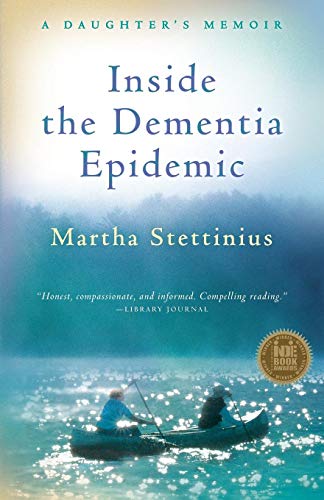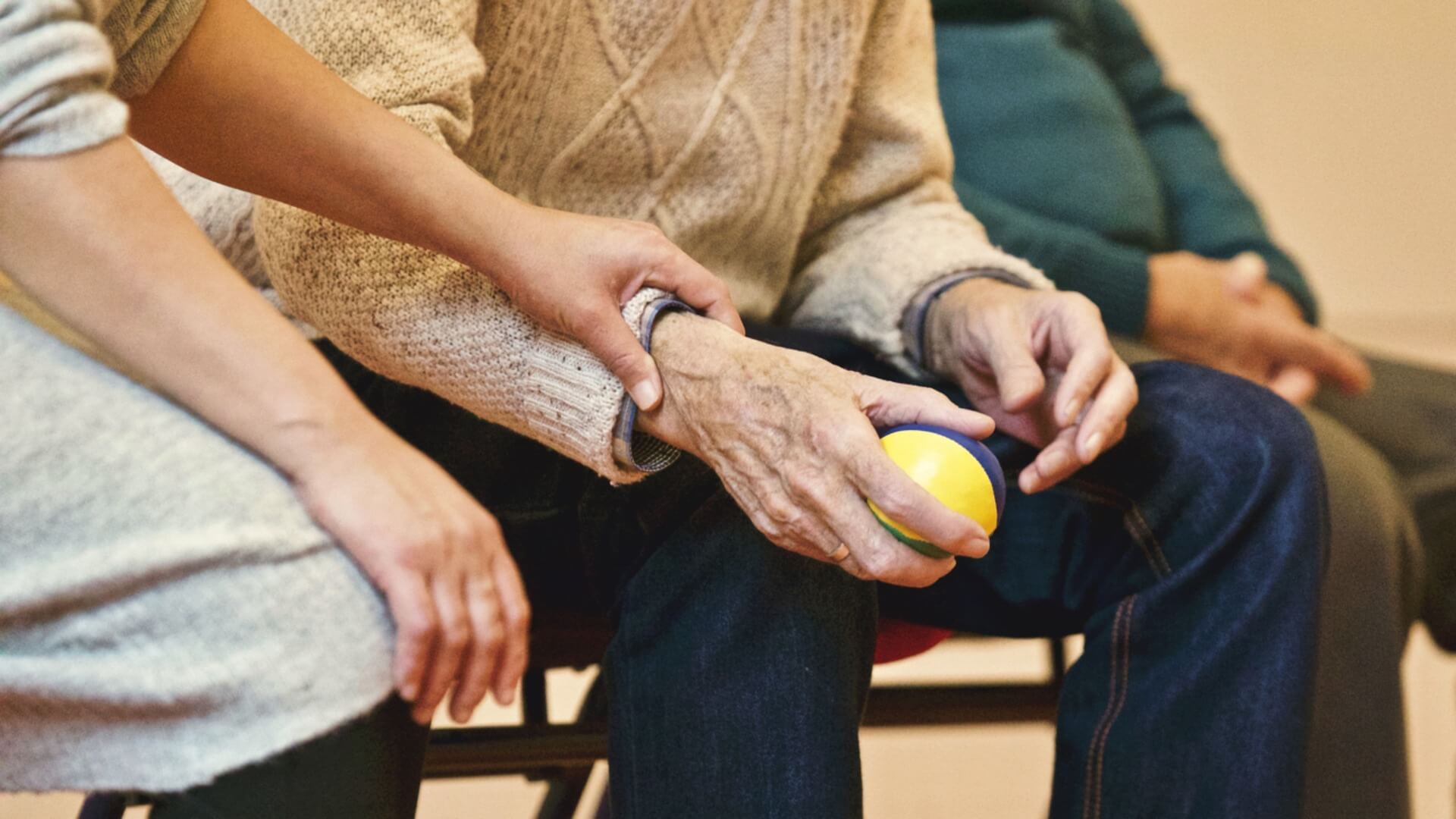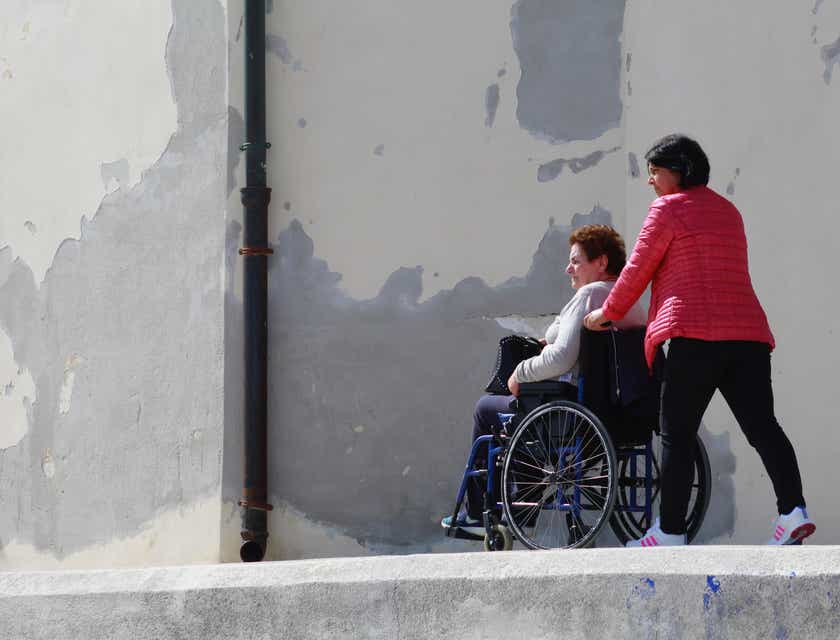Martha Stettinius is the award-winning author of the book “Inside the Dementia Epidemic: A Daughter’s Memoir,” and until recently a “sandwich generation” caregiver for her mother, Judy, who had vascular dementia and probable Alzheimer’s disease. When Judy, 72, could no longer live alone in her remote lakeside cottage—when she stopped cooking and cleaning, lost a lot of weight, and was in danger of falling—Martha encouraged her to move into her home with her husband, Ben, and their two children. For 8 years, until Judy passed away late last year, Martha was her primary caregiver at home, in assisted living, a rehab center, a “memory care” facility, and a nursing home. Martha serves as a volunteer representative for the Caregiver Action Network (a national organization providing caregiver support and advocacy) and as an expert in dementia care for the website eCareDiary.
In this short excerpt from “Inside the Dementia Epidemic: A Daughter’s Memoir,” Martha writes about taking her mother to visit her old cottage, and learning that day to see dementia differently.
In late October, two and a half years since she moved in with us, I bring Mom along with me and Ben and the kids for an afternoon at the lake. I imagine that she will light up at the sight of the cottage, but as she sits outside with me in the front yard in the shade of an umbrella, and watches the waves, her expression is flat, muted, as if the yard is just a place like any other.
At first, I feel deflated, but within moments I realize something: It’s time for me to stop trying to bring my mother pleasure through what’s left of her memory. If she no longer recognizes the deep blue swell of her lake, if these pieces of her life no longer move her, then truly there’s nothing but the present moment—and other people.
I decide to take her out for a rowboat ride. I wonder if feeling the rowboat rock softly on the water will help my mother experience the joy in the lake she used to feel in her canoe, or when she watched the waves from her desk.
Ben helps me support Mom under her arms as she steps in. Mom sits in the middle of the wide seat along the back of the boat, Andrew [our 12-year-old] squeezes into the bow, and from the middle seat I row the three of us a hundred feet out into the lake. I keep my eyes on hers. She grips the edge of the seat, her back ramrod straight, her eyes wide but not scared. We bounce gently on the waves and Mom releases her hands from the seat to stretch her arms and clasp the sides of the boat. She smiles. When I tell her that she can lean against the high back wall of the boat, she scoots her bottom toward the wall and relaxes.
Back on shore, there’s a problem. We find that Ben has gone off to the store; Andrew and I have to pull up the heavy boat and get Grammy out on our own. I call Morgan [our 10-year-old] out of the house for her help. We hold Grammy’s hands and coach her to walk up the length of the boat from the back, which is still in the water, to the bow so we can help her step out onto the beach. She stands on the seat in the bow, too high to step down. I ask Andrew and Morgan to find a stool in the boathouse and they bicker about who should go. Andrew finds my garden stool, which has wheels, and I wedge it between my feet beside the boat and try to persuade Mom to step down on it.
“Don’t make me cry,” she says.
My heart flares for a moment with guilt, but she trusts me and her fear passes quickly. She holds my hands firmly as I ask Andrew to carry over one of the lawn chairs. Mom hesitates, then lifts one leg over the rail of the boat and steps onto the chair, brings her other leg over, pauses, then steps down to the garden stool and then onto the shale, where she tucks her slender shoulders into my arms. Such a production! I can’t believe I asked my mother, who just recovered from a pelvic fracture, to clamber in and out of a boat.
But I’m glad I did. In the boat Mom seemed to absorb it all—my attention as I held her eye and smiled at her, the breeze, the blue-green waves, the gentle push of the oars, the firmness of the boat’s floor under her Keds. When we passed our neighbors on their dock Mom had let go of the side of the boat to wave with a big smile.
Without memory, I think to myself, what’s left? Not destinations like going to the cottage—not the pleasure of their anticipation and repetition—but moments like these, of sense and touch, rhythm and movement, patience and reassurance.
“Inside the Dementia Epidemic: A Daughter’s Memoir” is available through all major online book retailers as a paperback and e-book. Martha can be contacted through her website and blog, www.insidedementia.com, and on Facebook, Twitter, LinkedIn, and Google+.








